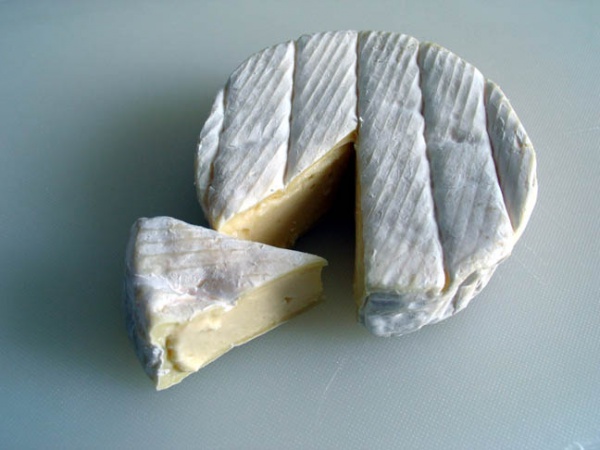Facts About Camembert
Camembert is a beloved cheese, renowned for its moist, soft, and creamy texture. Made from cow's milk, this cheese originates from the village of Camembert in Normandy, France, and is frequently compared to Brie. Here’s an in-depth look at what sets Camembert apart.
How It's Made:
The production process begins by inoculating cow's milk with specific bacteria before adding rennet to curdle the milk. Once the curd is formed, it is cut, salted, and placed into molds. The key transformation occurs during the aging process when the Penicillium camemberti mold is introduced, cultivating the cheese's signature bloomy rind and creamy interior.
A Bit of History:
Camembert was first created by Marie Harel in 1791. It gained widespread popularity in the late 19th century with the advent of industrial production. This cheese even holds a place in history, having been distributed to French troops during World War I.
The Science Behind the Smell:
Camembert's distinctive odor arises from its chemical composition, which includes compounds such as diacetyl, butyric acid, and isovaleric acid. These elements contribute to its characteristic aroma and flavor.
Camembert vs. Brie:
While Camembert and Brie share similarities, they differ significantly in their origin, size, shape, and flavor profile, each offering a unique taste experience.
Packaging and Global Varieties:
Traditionally, Camembert is sold in wooden boxes, though modern packaging options, including cartons and tin cans, are also available. Beyond France, varieties of Camembert are produced in countries like Hungary, the Czech Republic, Slovakia, and the UK, often marketed under different names.

 Belgium
Belgium